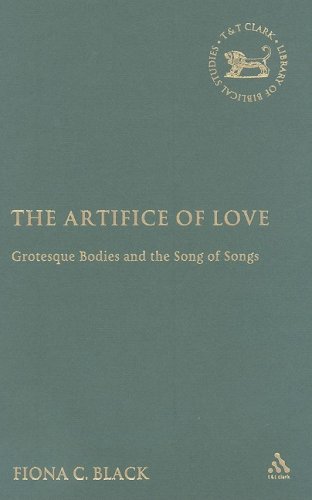

Most ebook files are in PDF format, so you can easily read them using various software such as Foxit Reader or directly on the Google Chrome browser.
Some ebook files are released by publishers in other formats such as .awz, .mobi, .epub, .fb2, etc. You may need to install specific software to read these formats on mobile/PC, such as Calibre.
Please read the tutorial at this link: https://ebookbell.com/faq
We offer FREE conversion to the popular formats you request; however, this may take some time. Therefore, right after payment, please email us, and we will try to provide the service as quickly as possible.
For some exceptional file formats or broken links (if any), please refrain from opening any disputes. Instead, email us first, and we will try to assist within a maximum of 6 hours.
EbookBell Team

4.0
26 reviewsThe lovers' expressions of mutual affection and desire in the Song of Songs include intimate and detailed poetic descriptions of the body. These are challenging to interpret because the imagery used is cryptic, drawing on seemingly incongruous aspects of nature, architecture and war. Biblical scholarship frequently expresses some discomfort or embarrassment over this language, yet largely maintains the view that it should be interpreted positively as a complimentary and loving description of the body. If read without this hermeneutic, however, the imagery appears to construct nonsensical and ridiculous pictures of the human form, which raise interesting questions, and pose definite challenges, for the Song's readers.
Fiona Black addresses the problematic nature of the Song's body imagery by using the artistic and literary construct of the grotesque body as a heuristic. The resulting reading investigates some issues for the Song that are often left to the margins, namely, the Song's presentation of desire, its politics of gender, and the affect of the text. The book concludes with the identification of some implications of this reading, including the creation of a new framework in which to understand the relevance of the Song's imagery for its presentation of love.
This is volume 12 in the Gender, Culture, Theory subseries and volume 392 in the Journal for the Study of the Old Testament Supplement series.